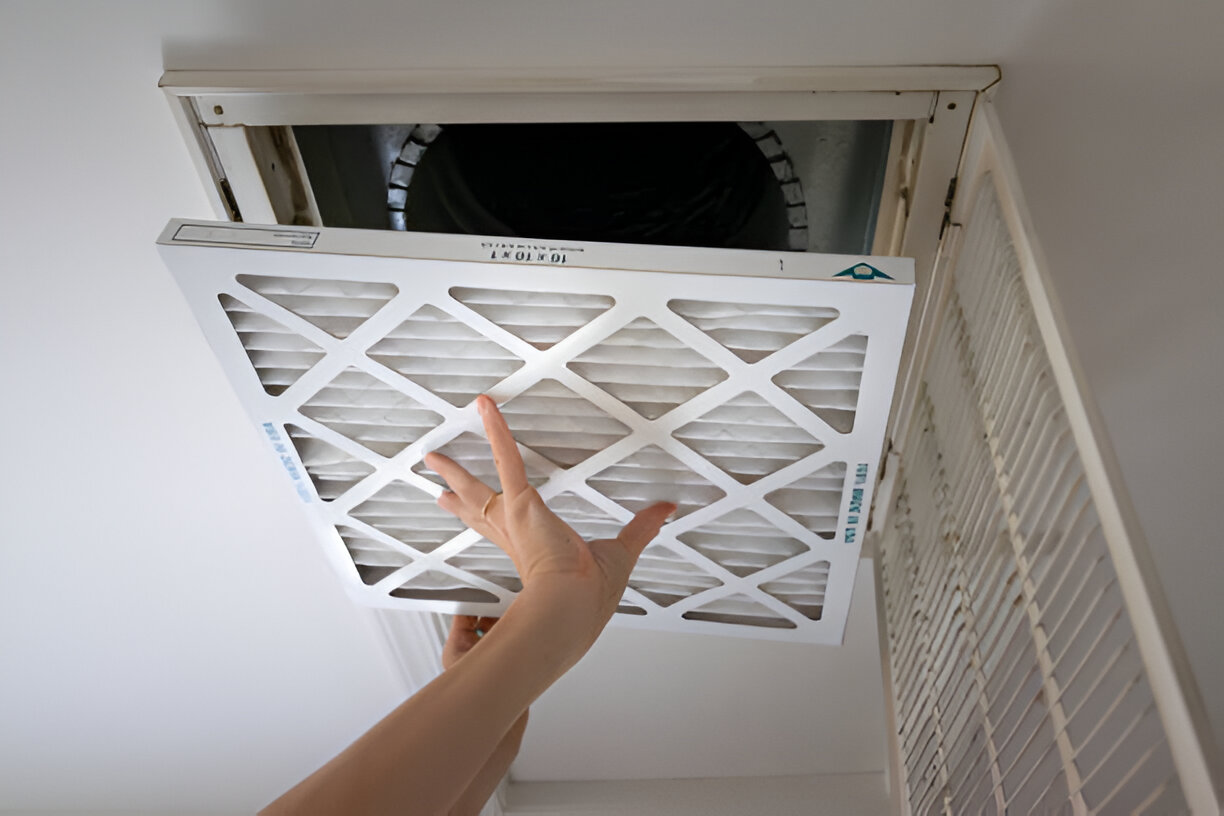HVAC Installation in Rio Verde, AZ
Installing a reliable, correctly sized HVAC system is essential for comfort and efficiency in Rio Verde, AZ. With long, hot summers, seasonal monsoon dust, and cool winter nights, homes in Rio Verde place unique demands on heating and cooling equipment. This page explains professional HVAC installation services tailored to Rio Verde, covering site assessment, system selection including ductless mini-splits and traditional systems, proper sizing and layout, permitting and code compliance, the step-by-step installation process, testing and commissioning, customer orientation, and warranty and post-installation support.

Why professional HVAC installation matters in Rio Verde
Improper installation is the most common reason systems underperform and fail prematurely. In Rio Verde, common installation mistakes include undersized or oversized equipment, poorly sealed ductwork that lets in dust, and incorrect refrigerant charge. A professionally installed system reduces energy bills, improves indoor comfort, and withstands Arizona heat and monsoon conditions.
Common HVAC system types for Rio Verde homes
- Central split systems: Traditional central air paired with a gas furnace or heat pump; good for whole-house comfort when ducts are in place.
- Ductless mini-splits: Ideal for additions, garages converted to living space, or homes with no existing ductwork; provide zoned comfort and high efficiency.
- Heat pumps: Modern heat pumps offer both efficient cooling and heating for mild winter nights. Variable-speed units work well in desert climates for dehumidification control.
- Packaged units: Common for smaller yards or rooftop installations in compact properties.
- Zoned systems and smart thermostats: Improve comfort and lower energy use by targeting conditioned air where you need it.
Site assessment and system selection
A thorough on-site assessment is the first step in any quality HVAC installation in Rio Verde, AZ. Key elements include:
- Load calculation: A Manual J style calculation that accounts for Rio Verde’s solar load, insulation, window orientation, and occupancy to determine correct system size.
- Duct evaluation: Inspecting existing ducts for leaks, insulation levels, and airflow restrictions. Many Rio Verde homes need duct sealing or reconfiguration to perform properly.
- Indoor air quality needs: Evaluating filtration, humidity control, and options for whole-home filtration or UV systems to handle dust and pollen common here.
- Site constraints: Placement of outdoor units to avoid direct sun where possible, access for maintenance, and sound considerations near neighboring properties.
- Energy goals: Matching system efficiency (SEER and HSPF ratings) with long-term utility goals and potential local incentives.
Proper sizing and layout
Correct sizing matters more than brand. Oversized units cycle too frequently, causing poor humidity control and higher wear. Undersized units run constantly and may never reach set temperatures on peak Arizona days. Professional installers size systems using industry-standard calculations and plan duct layouts to achieve balanced airflow and proper static pressure. The result is consistent room-by-room comfort and lower operating costs.
Permitting and code compliance
Installing HVAC systems in Rio Verde requires compliance with local and county codes. A professional installer handles:
- Permit pulls with the local building department and Maricopa County where applicable.
- Code-compliant electrical connections, gas piping for furnaces, and proper ventilation.
- Inspections and final approvals to ensure the system meets safety and efficiency standards.
Step-by-step installation process
A typical professional HVAC installation follows clearly defined stages:
- Pre-install preparation: Finalize equipment selection, delivery scheduling, and site protection plans to keep your home clean.
- Removal of old equipment: Safe disconnection and removal, reclaiming refrigerant in accordance with regulations.
- Ductwork and mechanical prep: Repair, seal, or replace ducts as needed. Install necessary supports, drain lines, and condensate pumps.
- Outdoor and indoor unit installation: Proper mounting of condenser pad or platform, indoor coil or air handler placement, and line set routing.
- Electrical and gas connections: Dedicated circuit sizing, disconnects, and gas connections installed to code.
- Insulation and final finishes: Seal penetrations, insulate duct runs in attics, and restore any altered finishes.
- Initial startup: Charge refrigerant, energize system, and perform initial checks.
Testing and commissioning
A professional installation is not complete until commissioning and testing confirm performance:
- Airflow and static pressure testing to ensure correct system balance.
- Refrigerant charge verification and temperature-split measurements to confirm cooling capacity.
- Electrical safety checks and verification of proper circuit protection.
- Leak and combustion tests where gas equipment is installed.
- Thermostat calibration and zoning verification.
All readings are documented so you have proof the system meets expected performance.
Customer orientation and training
After installation, a technician will walk you through system operation in plain language:
- How to operate the thermostat and schedules for energy-efficient settings.
- Filter types, replacement frequency, and recommended locations to keep dust out.
- Seasonal care steps for monsoon season and peak summer.
- What to watch for that may indicate a problem, such as unusual noises or reduced airflow.
You receive warranty paperwork, equipment manuals, and a recommended maintenance schedule.
Warranty and post-installation support
Professional installations include manufacturer warranties and installer labor guarantees. Post-install support often includes:
- Warranty registration and documentation.
- Recommended maintenance plans for seasonal tune-ups to maintain efficiency and extend equipment life.
- Troubleshooting support and repairs covered under labor warranties.
- Advice on upgrades like improved filtration or smart thermostat integrations for better performance.
Maintenance tips specific to Rio Verde, AZ
- Replace or clean filters more frequently due to desert dust.
- Schedule a pre-summer tune-up to verify cooling capacity before peak temperatures.
- Keep outdoor units clear of dust drifts, landscape growth, and debris after monsoons.
- Consider higher efficiency and variable-speed equipment to reduce runtime and improve dehumidification during monsoon humidity spikes.
Proper HVAC installation in Rio Verde, AZ provides dependable comfort through intense summer heat and seasonal weather swings while protecting indoor air quality and lowering operating costs. A methodical approach—site assessment, correct sizing, code-compliant installation, thorough testing, and clear homeowner orientation—ensures the system performs as intended for years to come.






